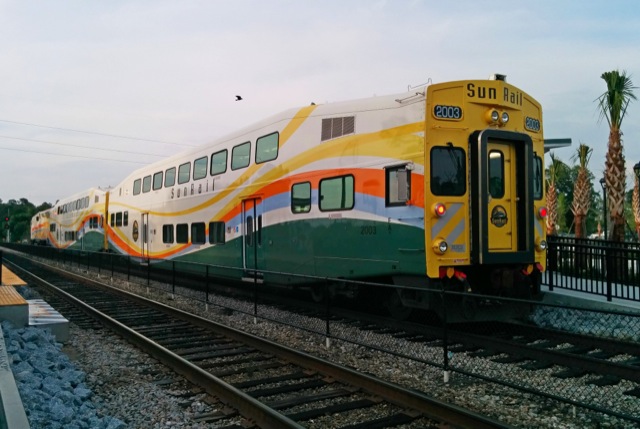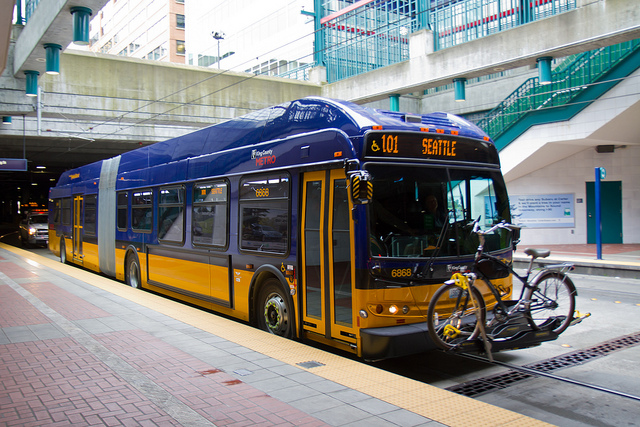Bryan Mistele, the CEO of traffic tracker Inrix, argues in the Seattle Times that proposed new light-rail lines will be “obsolete before they are built.” Specifically, he says, automated, connected, electric, and shared vehicles–which he abbreviates as ACES–are already changing how people travel, and those changes are accelerating.
Sound Transit, Seattle’s regional rail transit agency, wants voters to approve a $54 billion ballot measure this November for more light rail. This, Mistele points out, is more than twice the cost of the Panama Canal expansion, yet isn’t likely to produce any significant benefits.
A rail advocate named Joe responds in the Seattle Weekly by calling self-driving cars “snake oil” similar to predictions in the 1950s that supposedly said everyone would be flying around in helicopters. Joe betrays ignorance about traffic, suggesting that a freeway that is congested with stop-and-go traffic could not possibly support any more cars even if they were self-driving. In fact, a road with stop-and-go traffic can move only half as many cars per hour as one with free-flowing traffic, and free-flowing traffic spaces cars six or seven car-lengths apart. Self-driving cars could easily beat that.










